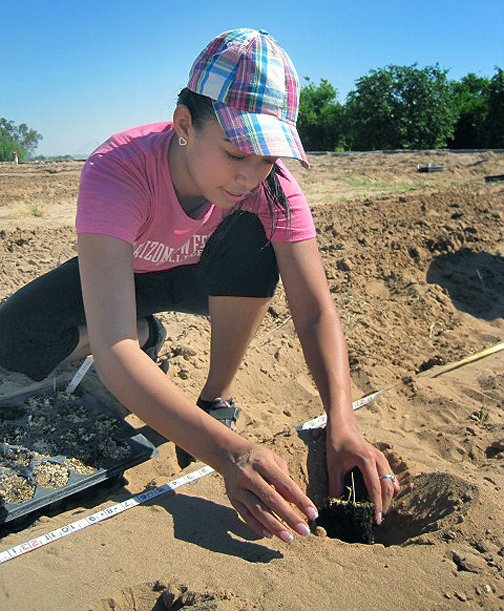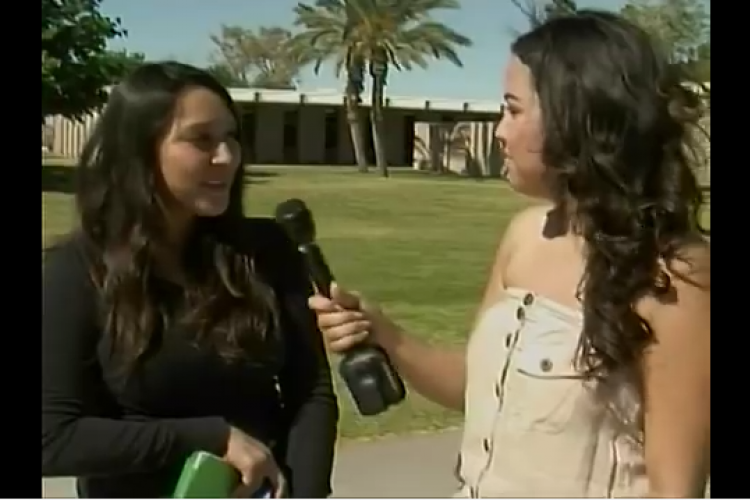
The Monarch probably is the most widely recognized of all American butterflies. Its distinct orange, black and white wings actually warn predators of their bad taste and toxins.
However, what makes the Monarch stand out far above its fellow flutterers is the astonishing 3,000 mile journey that many will make in the fall as they migrate from Canada to their wintering grounds in either the Sierra Nevada Mountains of Mexico or Southern California. It is while on this migratory journey that this amazing creature will travel through Yuma.
A one-course diet
In their larval stage, Monarch caterpillars feed exclusively on milkweed plants. These beautiful butterflies will always return to areas rich in milkweed to lay their eggs upon the plant, from which they receive the toxin that is stored in their bodies.
Sadly, among the major threats to the Monarch are habitat loss and loss of milkweed plants. No more milkweed means no more Monarchs. Milkweed is a sturdy native plant, but it is being lost as more and more land is converted to agriculture.
This potential natural catastrophe has been recognized by the faculty of Arizona Western College. In response, the Environmental Science and the Agricultural Science departments are working together to grow milkweed in the AWC greenhouse, and they plan to then transplant the plants into some of the ten acres assigned to AWC for agriculture.
Walking the talk
At present the focus is on seed production as more seeds lead to more plants. These seeds can then be distributed to organizations that are working on habitat restoration so that the Monarch butterflies can find more plants within their breeding range.
AWC has received a grant from the Xerces Society, established in 2008 to address the steady decline of Monarchs, to grow 2,500 milkweed plants for Monarch butterfly conservation.
Professor Theodore Martinez, professor of biology and director of Honors, said of the Monarch Program, "This is an excellent collaboration between Environmental Science and Agriculture students."
On Sept. 18, students and professors will be moving the milkweed into the AWC field to create the butterfly garden, just in time for the arrival of the Monarchs in October. Maybe one day AWC can use this program to set aside land to be used as a permanent Monarch butterfly sanctuary, and we can all enjoy a splash of color in the air as they march majestically through Yuma.
Photo by Dr. Ted Martinez
























